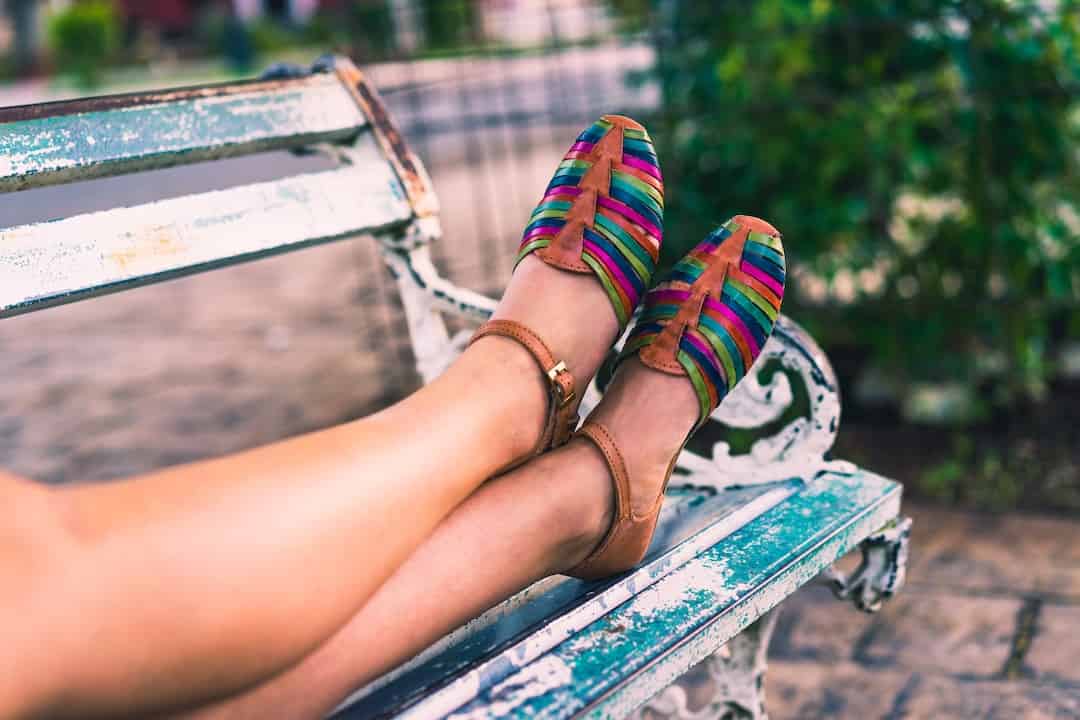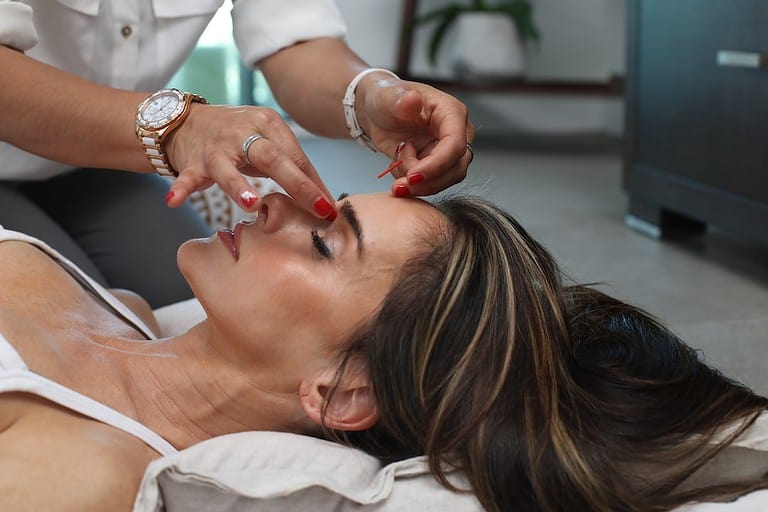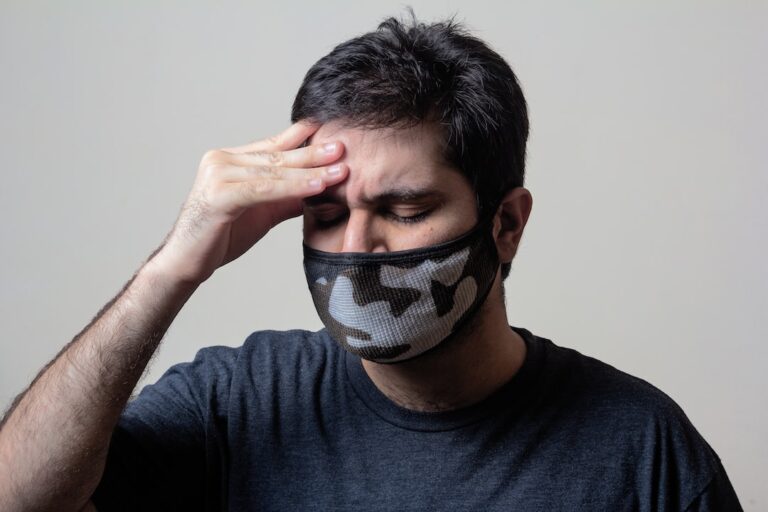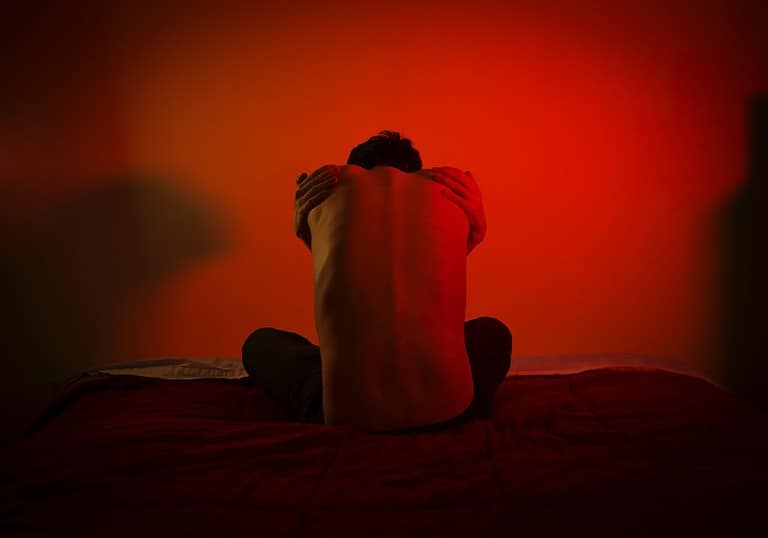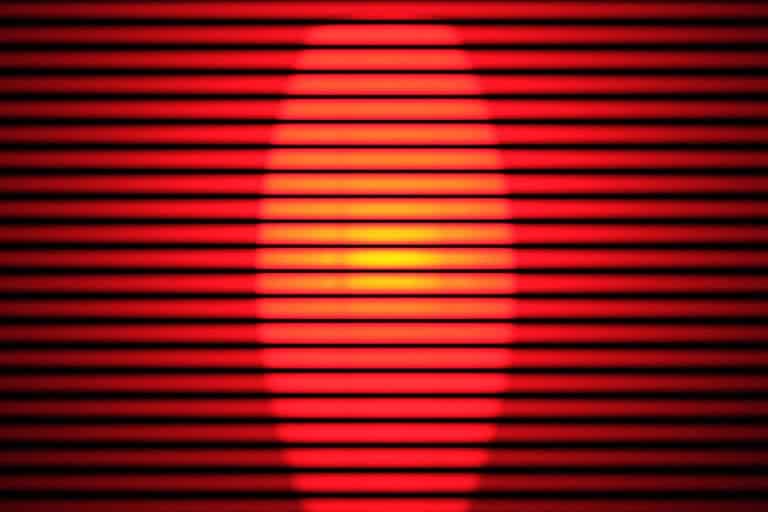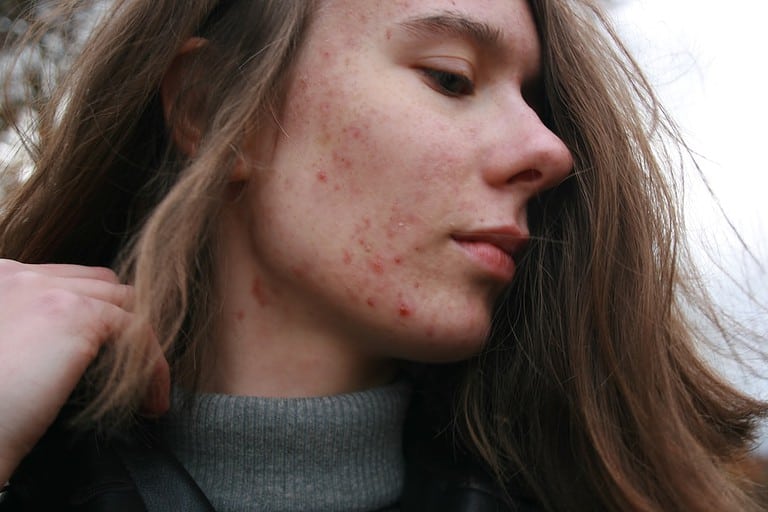How Can Red Light Therapy Help Varicose Veins? Find Out Now!
Varicose veins can be an unsightly and uncomfortable problem. While many people turn to traditional treatments like surgery or compression stockings, there is a newer option on the market: red light therapy. Can red light therapy help varicose veins?
It may be feasible that this non-invasive approach can supply comfort from the indications of varicose veins without any noteworthy drawbacks. In this article, we’ll discuss what red light therapy is, whether can red light therapy help varicose veins, other treatment options available for those suffering from them, and considerations you should make before starting a new treatment plan.
Table of Contents
Understanding Varicose Veins
Varicose veins are a common condition caused by weak or damaged valves inside the veins, which cause blood to flow backward and pool inside the vein. Understanding what varicose veins are and their causes, symptoms, and risk factors is key to managing them effectively.
Causes of Varicose Veins
The main cause of varicose veins is weakened valves in your leg’s veins that don’t close properly. The aging of the valves, along with heredity and sedentary behavior (such as sitting for long periods or standing without rest), can lead to weakened closure of leg veins. Other potential causes include obesity, pregnancy, hormonal changes during menopause, high blood pressure levels, and lack of physical activity.
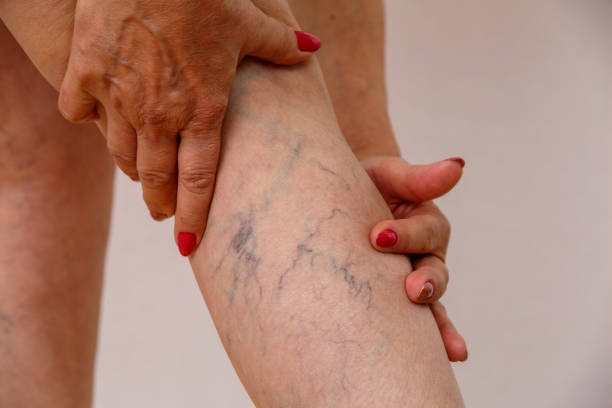
(Source)
Common indications associated with varicose veins include swollen legs, visible purple/blue twisted lines under the skin, an aching sensation in the legs after standing for extended periods of time, heaviness in the lower limbs, itching around one or more affected areas, throbbing sensations in calves during nighttime hours, cramping of calf muscles following physical activity, and dryness accompanied by scaling patches near ankles due to poor circulation.
Varicose veins can be an uncomfortable and unsightly issue, yet learning about the causes, signs and dangers associated with them is essential for avoiding or controlling them. Non-invasive red light therapy treatment has been proposed as a possible remedy for varicose veins, due to its potential advantages.
Red Light Therapy Explained
Red light therapy treatment is a non-invasive technique that harnesses red and near-infrared wavelengths to aid the body’s natural healing processes by decreasing inflammation brought on by oxidative stress. This section will explain how red light therapy works, and its benefits in treating various conditions including skin problems like acne and eczema along with reversing sun damage on aging skin while encouraging collagen production for firmer-looking skin.
Red light therapy involves exposing the body to low levels of visible or near-infrared radiation from LED lights. The specific wavelengths of this radiation are absorbed into cells where it stimulates natural processes that increase energy production, reduce inflammation, boost circulation, improve cell health, and stimulate tissue regeneration. By targeting these areas with the right intensity and duration of exposure, therapeutic effects can be achieved without causing any harm to healthy tissues.
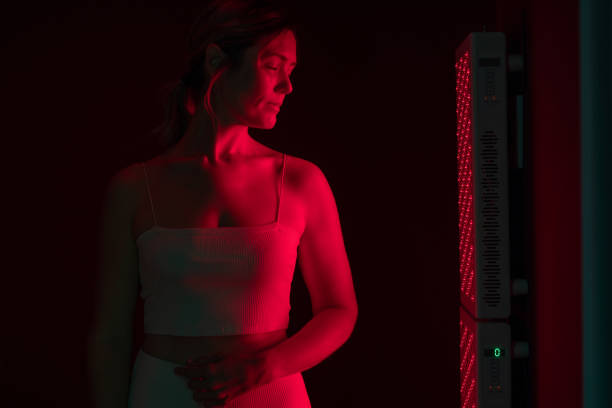
(Source)
Additionally, since there is no risk of burning healthy tissues when used correctly under professional supervision – unlike laser treatments – red light therapy treatment can be safely utilized at home as well.
Studies suggest that red light therapy may be a viable alternative to conventional treatments, possibly offering advantages such as increased blood flow and decreased inflammation. As we explore the next heading – “Can Red Light Therapy Help Varicose Veins?” – it’s important to consider what studies have found about its effectiveness for this condition.
Can Red Light Therapy Help Varicose Veins?
Utilizing specific wavelengths of red or infrared light, red light therapy has been found to be an efficacious treatment for varicose veins by increasing circulation and reducing inflammation in the area. Red light of a certain wavelength, either red or infrared, can be utilized to promote blood flow in the area affected by varicose veins and thereby minimize any associated discomfort or inflammation. Studies have shown that varicose veins red light therapy can be just as effective as other treatments such as laser ablation, radiofrequency ablation (RFA), and sclerotherapy.
For those seeking an at-home remedy, LED lights provide a convenient and attractive option. They also deliver red light more efficiently than traditional lasers, making them much more cost-effective. For mild cases of varicose veins, research indicates that low-level laser therapy may be a viable treatment option.
This increased blood flow helps improve lymphatic drainage and overall health by flushing out toxins from your body faster than usual. In addition to using LED lights directly over the affected area, you can also take advantage of blue light therapy which has been found to help reduce inflammation associated with spider veins and other types of vascular conditions like rosacea or acne vulgaris.
Overall, there is good evidence that suggests how can red light therapy help varicose veins without resorting to invasive procedures like endovenous laser ablation or phlebectomy surgery. While it’s not a cure-all solution—it should always be combined with lifestyle changes such as exercise and healthy eating habits—red light therapy offers a safe alternative that could potentially provide relief from symptoms while preventing further damage down the line.
Research has demonstrated that red light therapy is a viable approach to treating varicose veins, with some studies showing it can reduce symptoms and enhance the look of impacted regions. As such, exploring the potential benefits of using RejuvaliteMD Red Light Therapy may offer a viable solution for those looking to treat their varicose veins.
FAQs in Relation to Can Red Light Therapy Help Varicose Veins
Does red light therapy get rid of varicose veins?
No, red light therapy does not get rid of varicose veins. While it may improve circulation and reduce inflammation in the area, it is not a proven treatment for eliminating varicose veins. To treat varicose veins effectively, you will need to consult with your doctor about more advanced treatments such as sclerotherapy or laser vein ablation.
Does infrared help varicose veins?
Yes, infrared can help with varicose veins. Infrared rays have been observed to boost blood flow and lessen inflammation in the region of varicose veins, leading to the alleviation of related distress.
Additionally, infrared light therapy stimulates collagen production in the skin around the vein, helping to strengthen it and making it less likely for new varicose veins to form. With regular use of infrared treatments over time, symptoms such as swelling and discomfort may be reduced or eliminated.
Does blue light therapy really work on varicose veins?
Blue light therapy has been clinically demonstrated to be a viable solution for varicose veins, utilizing a specific wavelength of light energy that is absorbed by the blood vessels and converted into heat. This treatment uses a type of light energy with a precise wavelength, which is taken in by the blood vessels and transformed into heat.
The heat helps shrink the affected vein, improving circulation and relieving symptoms such as pain, itching, swelling, and discoloration. Studies have shown that it can reduce or eliminate varicose veins in up to 95% of patients with minimal side effects.
Conclusion
In conclusion, red light therapy can be an effective treatment for varicose veins. However, it is important to understand that this form of therapy may not work for everyone and should always be used in conjunction with other treatments prescribed by a doctor or healthcare provider. Before deciding on whether can red light therapy help varicose veins, ensure that you are knowledgeable about all associated risks and advantages to make an informed choice tailored to your unique situation.
Discover how red light therapy can help improve the appearance of varicose veins and reduce discomfort. Explore our comprehensive resources to learn more about this natural, non-invasive treatment option for improved health and well-being.

